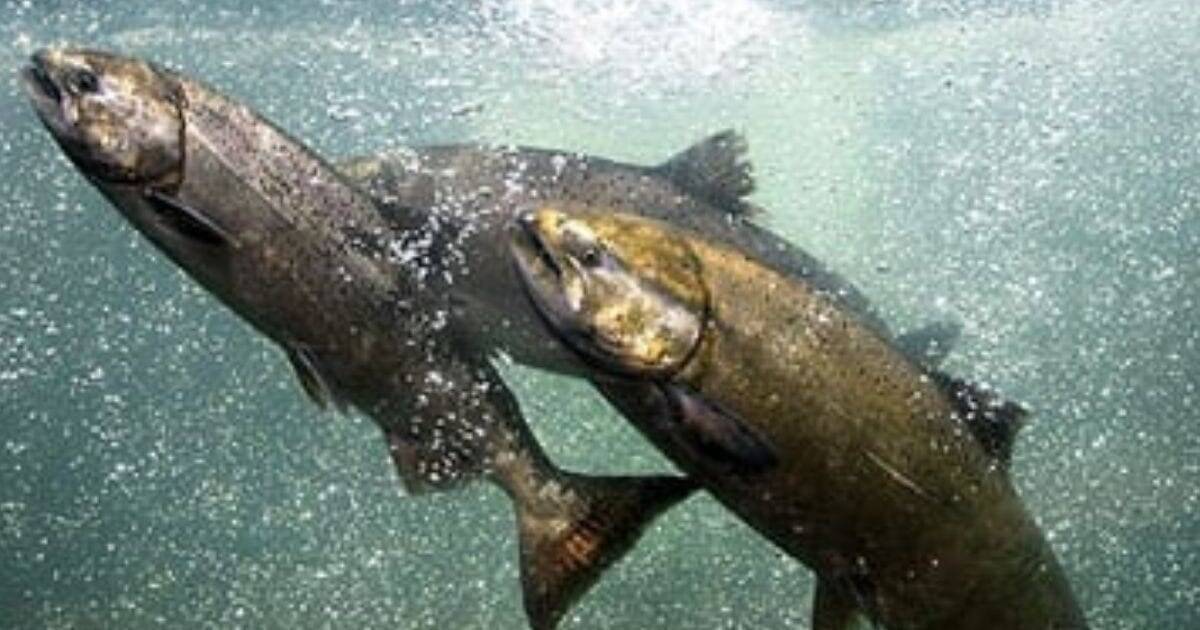Klamath Salmon Now Listed On California Endangered Species List
On June 16, after hours of debate and public testimony, the California Fish and Game Commission voted unanimously to approve the petition from the Karuk Tribe to list the Klamath-Trinity River Spring Chinook as an endangered species under the California Endangered Species Act.
The Karuk Tribe and the Salmon River Restoration Council (SRRC) jointly filed a petition to list Spring Chinook with the Commission in August 2018. The petition is based on the discovery of the genetic sequence that defines Spring Chinook as distinct from the more abundant Fall Chinook. That data was published in 2017 by UC Davis Professor Michael Miller and colleagues.
“The cultural significance of the Spring Salmon is beyond EuroAmerican conception. It’s more than just a policy trying to get passed through, or a biological opinion.”
– Ryan Reed, Hoopa Valley Tribal Member.
Adding Spring Chinook to the CA Endangered Species List will allow agencies to prioritize funding for restoration and ensure any projects in the fish’s range will have to avoid adverse impacts to the population.
“The Spring Salmon are our relative that is facing extinction, and a part of our lifestyle, cultural longevity, and the survival of my people. These aspects, as well as many more, need to be addressed, and I’m thankful, proud and hopeful to have the public comment filled with Native voices advocating for future generations. This decision on the petition is a win, not a victory, but should give the people in the Basin hope and momentum for this ongoing fight,” said Hoopa Valley Tribal Member, Yurok descendant, and Karuk Spring Salmon Ceremonial Priest, Ryan Reed, in a recent Press Statement.
Small, self-sustaining populations of Klamath-Trinity Rivers Spring-Run Chinook Salmon remain primarily in the Salmon and South Fork Trinity rivers, where they are highly vulnerable to climate change, hybridization with hatchery-origin fish, and other stressors. (Read more about the species in CalTrout’s SOS II report.) CalTrout is dedicated to saving the now-listed species by prioritizing the removal of the four lowermost Klamath dams to restore access to historical cold water habitat.
In regard to the dams, another big happening came this month for the Klamath: a monumental decision to move dam removal forward was made with the Federal Energy Regulatory Commission (FERC) approving the transfer of the license for the Lower Klamath Hydroelectric Project from PacifiCorp to the Klamath River Renewal Corporation (KRRC) and the states of Oregon and California, as co-licensees.
Both decisions- listing the spring chinook and approving the license transfer- are important acts to save the ailing Klamath Basin. Regina Chichizola, co-director of Save California Salmon, exclaimed, “We hope these actions demonstrate California and the Biden administration commitment to protecting and restoring the Klamath River before it is too late.”






